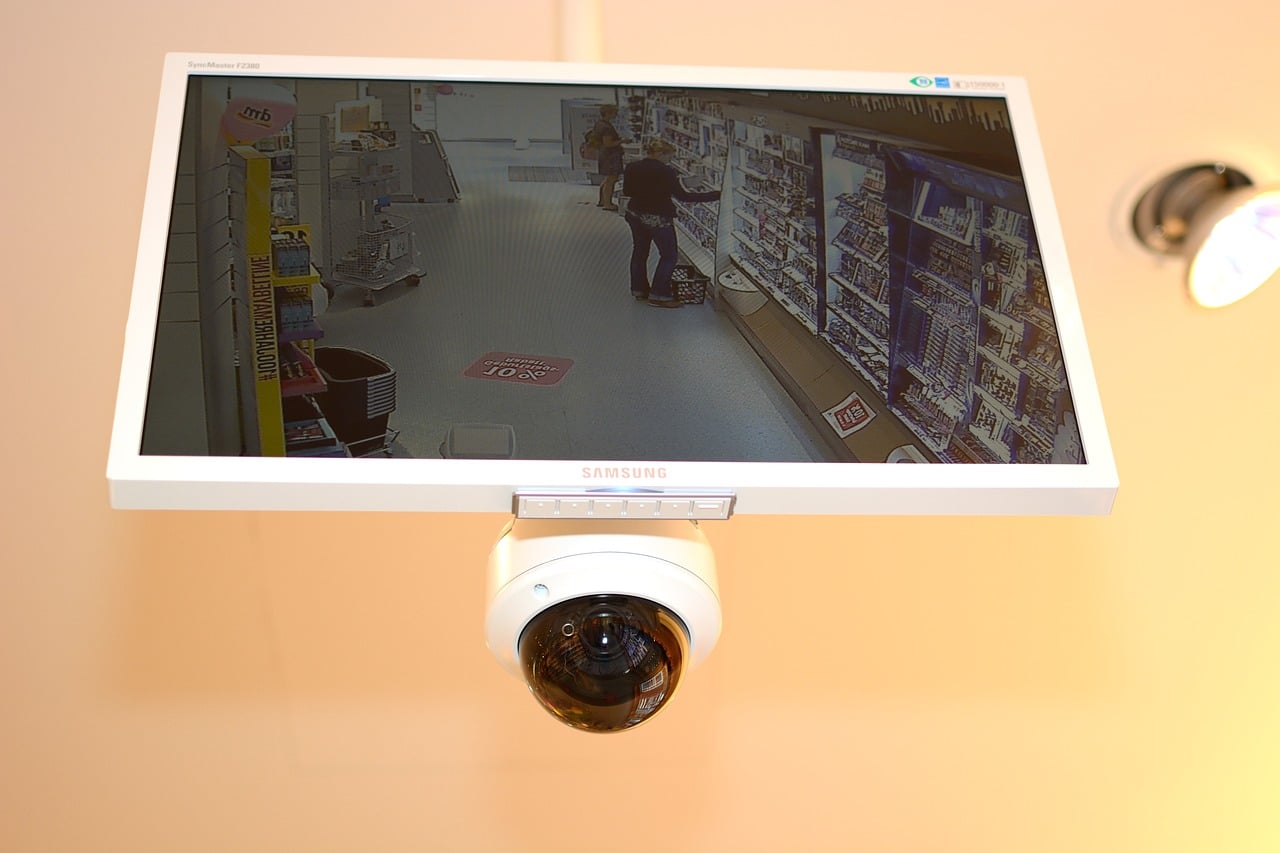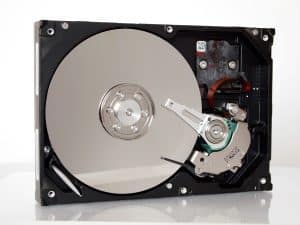Quantum Phase Memory: Wave States
In the world of quantum computing, every bit counts. Unlike traditional computing, where information is stored in binary digits (bits) that have a value of either 0 or 1, quantum computers use quantum bits (qubits) that can simultaneously exist in multiple states. This allows for exponentially increased computing power and the potential to solve complex problems that are out of reach for traditional computers. However, the fragile nature of qubits presents a challenge – maintaining their quantum state, also known as coherence, so that calculations can be performed without errors. This is where quantum phase memory: wave states come into play.
The Rise of Quantum Computing
Quantum computing has been a hot topic in the scientific community for decades, and recent advancements have brought it closer to mainstream use. Companies like Google, IBM, and Microsoft are investing heavily in research and development, with the goal of creating reliable and useful quantum computers. The potential impact of quantum computing is far-reaching, with applications in fields such as drug discovery, materials science, and finance.
Understanding Qubits and Coherence
At the heart of quantum computing are qubits, which are the building blocks of quantum information. Unlike traditional bits that can only have a value of 0 or 1, qubits can also exist in a state of superposition, meaning that they can be both 0 and 1 at the same time. This allows for multiple calculations to be performed simultaneously, resulting in the potential for exponential speedup in certain tasks.
However, the power of qubits lies in their ability to maintain their quantum state, known as coherence. Qubits are highly sensitive and can easily become corrupted by external influences such as heat, noise, and electromagnetic radiation. This results in errors in computations and reduces the efficiency of quantum algorithms. To harness the full potential of quantum computing, scientists are exploring ways to preserve coherence in qubits for longer periods of time.
The Role of Quantum Phase Memory: Wave States
One promising solution for maintaining coherence in qubits is through the use of quantum phase memory: wave states. This technique utilizes wave-like properties of particles to preserve quantum information. In a wave state, qubits are entangled, meaning that the state of one qubit is dependent on the state of the other. By entangling qubits, their individual quantum states are no longer vulnerable to external influences as both qubits must be disturbed simultaneously to disrupt the entanglement.
Aside from providing protection against errors, wave states also allow for easier manipulation and control of qubits. In traditional quantum computing, qubits are manipulated by applying electromagnetic fields, which can be challenging and time-consuming. With wave states, qubits can interact with each other without the need for external forces. This results in a more efficient and stable system.
The Future of Quantum Phase Memory: Wave States
While still in its early stages, quantum phase memory: wave states show great promise in revolutionizing the field of quantum computing. The ability to preserve coherence and increase stability in qubits is a significant step towards creating powerful and reliable quantum computers. In fact, recent research has shown that wave states can extend coherence times by up to 20% compared to traditional methods.
As scientists continue to improve upon this technique and overcome its current limitations, the advancements in quantum computing will accelerate. This will bring us closer to achieving quantum supremacy – the point at which quantum computers surpass the capabilities of traditional computers.
The Quest for Quantum Computing
The potential applications of quantum computing are vast and will have a significant impact on many industries. However, we are still in the early stages of developing this technology, and there are many challenges that need to be overcome. Quantum phase memory: wave states are just one piece of the puzzle, but they show great potential in increasing the stability and efficiency of qubits. As we continue to push the boundaries of quantum computing, we will unlock new possibilities and usher in a new era of computing.










